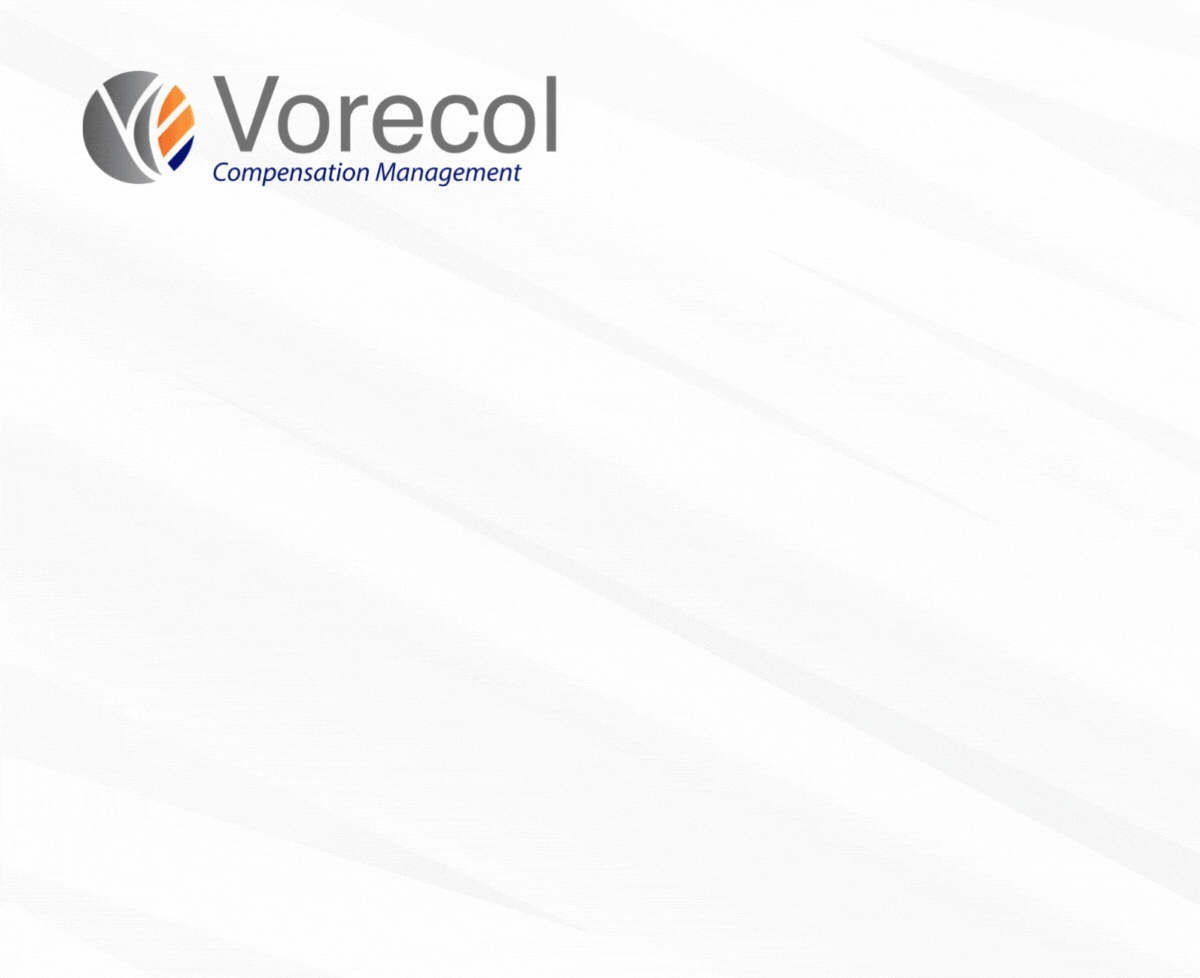How do Flexible Benefits Management Systems impact employee retention rates?

- 1. Understanding Flexible Benefits Management Systems
- 2. The Role of Employee Choice in Retention
- 3. Financial Implications of Flexible Benefits for Employees
- 4. Enhancing Job Satisfaction Through Customizable Benefits
- 5. Case Studies: Successful Implementations and Their Outcomes
- 6. Challenges in Adopting Flexible Benefits Systems
- 7. Future Trends in Employee Benefits and Retention Strategies
- Final Conclusions
1. Understanding Flexible Benefits Management Systems
Flexible Benefits Management Systems (FBMS) have emerged as a revolutionary approach to employee compensation, allowing organizations to tailor benefits packages to individual preferences and needs. A recent survey by the Employee Benefits Research Institute found that 71% of employees value flexibility in their benefits, with 62% stating they would consider leaving their current job for a more flexible benefits plan. Companies adopting FBMS have reported a 30% increase in employee satisfaction and a 25% decrease in turnover rates. For instance, a tech giant that implemented an FBMS noted a remarkable 60% participation rate, with employees actively choosing benefits that resonated with their personal and family circumstances, illustrating the profound effect of customization on workforce morale.
As Mary, a young mother and software developer, navigated her company's FBMS, she discovered that she could allocate more of her benefits toward child care support. This choice not only lightened her financial burden but also amplified her overall work-life balance, enabling her to focus better and contribute effectively to her team. According to a study by the National Bureau of Economic Research, organizations with flexible benefits have seen a 15% increase in productivity among employees who feel their benefits align with their personal needs. Furthermore, the same study highlights that companies offering flexible plans may save up to 10% in overall benefit costs by reducing administrative overhead and enabling more efficient resource allocation. This combination of personal empowerment and organizational efficiency reveals how FBMS not only caters to individual employee preferences but also drives significant business outcomes.
2. The Role of Employee Choice in Retention
In today's competitive job market, where the average employee tenure has decreased to just 4.1 years, the concept of employee choice has never been more critical for organizations aiming to enhance retention. A study by Gallup found that 70% of employees are more likely to stay with a company that fosters a culture of choice and autonomy. For instance, companies like Toast, a restaurant management platform, allow employees to choose their preferred projects and teams, resulting in a remarkable 25% reduction in turnover. By providing options in work arrangements, development paths, and even workplace environments, organizations not only empower their workforce but also foster loyalty and commitment.
Imagine a manufacturing company where every worker has a say in their schedule and role assignments. This approach significantly boosted morale, leading to a staggering 45% increase in productivity according to a Harvard Business Review study. Additionally, employee-driven environments have seen a 15% hike in employee engagement scores. As businesses adapt to the evolving demand for flexible work arrangements, they uncover the potential of personal choice as a powerful retention tool. By investing in initiatives that allow employees to shape their work experience, companies can cultivate a thriving workforce that feels valued and motivated to stay.
3. Financial Implications of Flexible Benefits for Employees
As companies continue to adapt to the evolving landscape of employee expectations, flexible benefits have emerged as a powerful tool to enhance job satisfaction and retention rates. According to a 2021 report by MetLife, 67% of employees expressed that they would be more likely to stay with their current employer if offered a more personalized benefits package. This statistic highlights the significance of tailored offerings in retaining talent. Moreover, a study published by SHRM indicated that organizations offering flexible benefits experienced a 37% increase in employee satisfaction. The financial implications for companies are profound; investing in flexible benefits can reduce turnover costs significantly, given that replacing an employee can cost up to 200% of their annual salary.
Not only do flexible benefits contribute positively to employee morale, but they also help organizations attract a diverse workforce. A survey from Glassdoor reveals that 56% of job seekers consider a comprehensive benefits package as a critical factor when evaluating job offers. Companies that offer diverse options, such as health savings accounts, wellness programs, and childcare support, can see increased application rates, potentially leading to a 10% boost in productivity. Additionally, FlexJobs reported that organizations implementing flexible benefits lower absenteeism by up to 28%, directly benefiting the bottom line. This incorporation of flexibility not only caters to an employee's individual needs but also equips businesses with a strategic advantage in a competitive job market.
4. Enhancing Job Satisfaction Through Customizable Benefits
In today’s competitive job market, companies are continually seeking innovative ways to enhance job satisfaction among employees. Imagine an organization where workers feel not only valued but genuinely heard when it comes to benefits that fit their unique lifestyles. A remarkable 80% of employees reported that having customizable benefits would make them more inclined to stay with their company, according to a survey by MetLife. Furthermore, firms that have adopted flexible benefits packages have seen a significant boost in productivity—studies show that companies offering such options experience a 15% increase in employee engagement, leading to a lower turnover rate and saving thousands in recruitment costs.
Consider the story of a tech startup that introduced a ‘choose-your-own-benefits’ program. Employees could select from various options such as student loan repayment assistance, mental health days, or fitness memberships. Within just one year, this startup witnessed a 25% increase in employee satisfaction scores and an impressive 40% decrease in absenteeism. This data underscores the growing importance of personalized benefits, as 76% of workers expressed that flexibility in their compensation package was more important than a pay raise. By understanding and addressing the unique needs of their workforce, companies can create a more satisfied, motivated, and loyal employee base, ultimately driving success in a challenging economic landscape.
5. Case Studies: Successful Implementations and Their Outcomes
In the world of business, case studies serve as compelling narratives that showcase the transformative power of strategic implementations. For instance, consider the case of a leading retail chain, which incorporated advanced AI analytics into its inventory management system. The result? A staggering 30% reduction in stockouts and a 20% increase in sales within just six months. This leap was not merely a fluke; it was backed by a study from McKinsey, which highlighted that companies using advanced analytics can achieve EBIT (Earnings Before Interest and Taxes) improvements of 10-20%. Such implementations not only streamline operations but also enhance customer satisfaction by ensuring that popular products are always available.
Similarly, the tale of a small startup in the fintech sector illustrates the impact of customer-centric software development. After adopting an agile methodology, the company reported a 40% faster product launch cycle—enabling them to seize new market opportunities swiftly. A survey by the Project Management Institute revealed that organizations using agile practices often deliver projects 28% faster than their traditional counterparts. Within a year of implementation, this startup experienced a 150% growth in its user base, showcasing how foundational methodology changes can yield groundbreaking outcomes. These case studies not only inspire but also provide a blueprint for businesses aiming to harness the full potential of innovative strategies.
6. Challenges in Adopting Flexible Benefits Systems
Flexible benefits systems, while increasingly popular among organizations seeking to enhance employee satisfaction and engagement, come with a set of challenges that can hinder their successful implementation. A recent study by the Society for Human Resource Management (SHRM) found that around 65% of companies reported difficulties in customizing these benefits to meet diverse employee needs. Moreover, over 40% of HR professionals noted that the complexity of plan administration deterred them from fully adopting flexible benefits plans. This tale of innovation juxtaposed against obstacles reveals a crucial reality: while flexible benefits systems can lead to higher employee retention rates—reportedly up to 30% in organizations that successfully implement them—the potential for misalignment between employee expectations and company offerings can create disillusionment.
Furthermore, the financial implications of shifting to flexible benefits systems cannot be overlooked. Research from the Employee Benefit Research Institute indicates that nearly 30% of employers faced unexpected cost increases during their transition to these systems, primarily due to the necessity of extensive employee education and administrative modifications. As companies like Google and Facebook unveil their unique and extensive benefit offerings, small to mid-sized enterprises may find themselves struggling to keep pace, leading to a disparity in perceived value among their workforce. This ongoing narrative articulates the balancing act organizations must perform—crafting benefits that are appealing yet sustainable, and educational yet manageable, all while considering the diverse tapestry of employee demographics and preferences.
7. Future Trends in Employee Benefits and Retention Strategies
As companies adapt to an evolving workforce, the future of employee benefits is set to undergo significant transformations. A recent survey by Deloitte revealed that 80% of employees consider benefits as a crucial factor in their overall job satisfaction; yet, only 30% of organizations provide benefits that align with modern employee needs. For instance, remote work has surged by 173% since 2005, prompting companies like Google to expand their benefits to include mental health support and flexible schedules. This shift is not merely a response to current trends; it also reflects a changing identity of work where employees seek a sense of belonging, purpose, and well-being.
In this landscape of shifting expectations, retention strategies must also evolve. A 2022 Gallup study found that organizations with engaged employees outperform their competitors by 147% in earnings per share. As storytelling begins to play a crucial role in company culture, businesses are increasingly investing in 'experience over perks.' For example, Patagonia has delighted employees with extensive paid leave policies and environmental volunteer opportunities, leading to a retention rate of over 90%. This narrative approach underscores how aligning employee benefits with personal values not only attracts talent but also fosters loyalty, creating a potent loop of engagement and organizational success.
Final Conclusions
In conclusion, Flexible Benefits Management Systems play a crucial role in enhancing employee retention rates by fostering a culture of personalization and satisfaction within the workplace. These systems empower employees to tailor their benefits according to their individual needs and lifestyles, which not only boosts morale but also increases their overall engagement with the organization. By providing diverse options that cater to different life stages and circumstances, such as health insurance, childcare support, and wellness programs, employers demonstrate their commitment to the well-being of their workforce. This personalized approach not only meets the diverse needs of employees but also strengthens their emotional connection to the organization, ultimately leading to higher retention rates.
Moreover, the implementation of Flexible Benefits Management Systems brings about a competitive advantage for companies in the labor market. As job seekers increasingly prioritize benefits that enhance work-life balance and personal fulfillment, organizations that offer robust, flexible benefits are better positioned to attract and retain top talent. By fostering an environment where employees feel valued and supported, companies can reduce turnover costs and cultivate a more committed workforce. Thus, Flexible Benefits Management Systems not only serve as a tool for meeting employee demands but also contribute to a more sustainable organizational culture that thrives on loyalty and long-term engagement.
Publication Date: August 28, 2024
Author: Psico-smart Editorial Team.
Note: This article was generated with the assistance of artificial intelligence, under the supervision and editing of our editorial team.
Leave your comment
Comments
Request for information
Fill in the information and select a Vorecol HRMS module. A representative will contact you.



